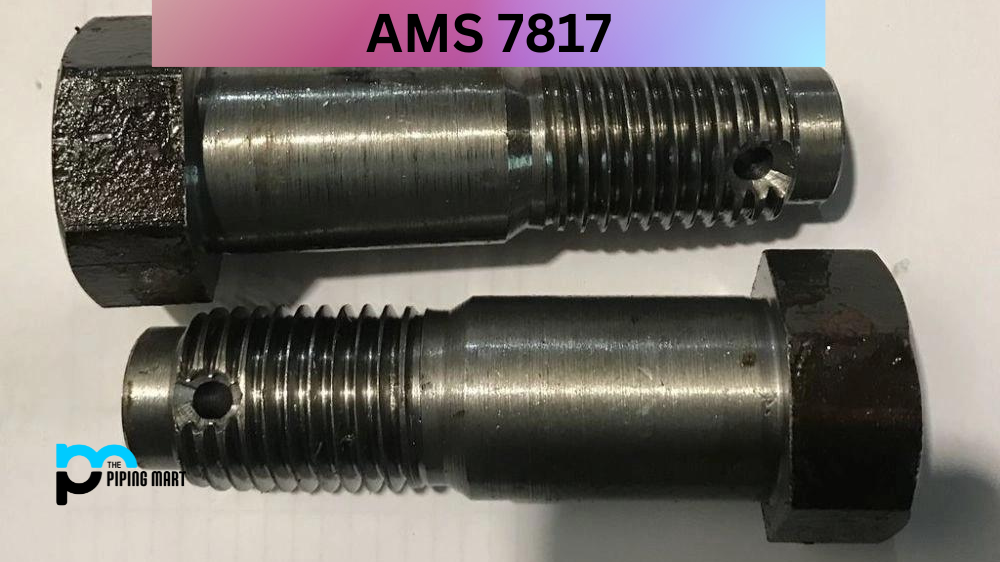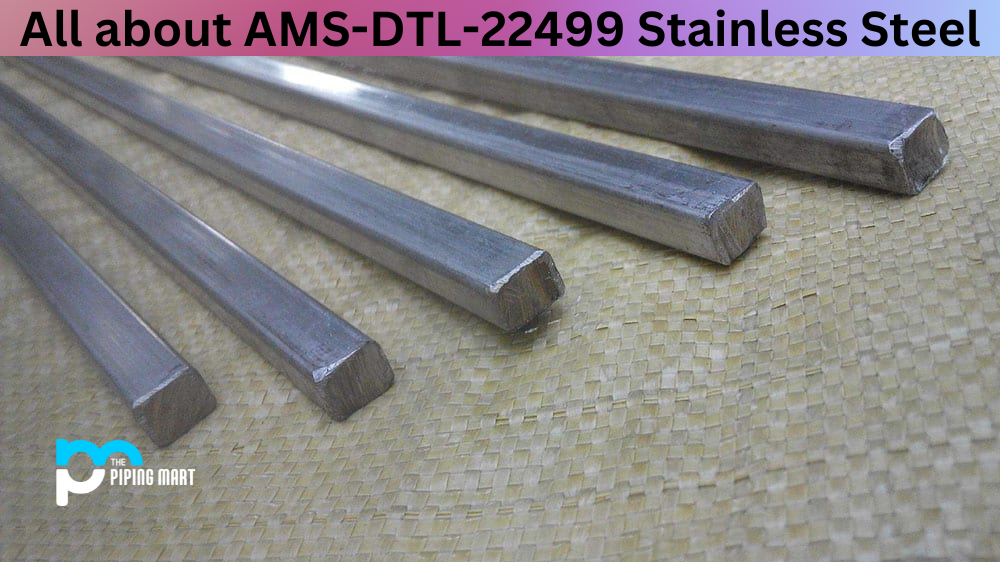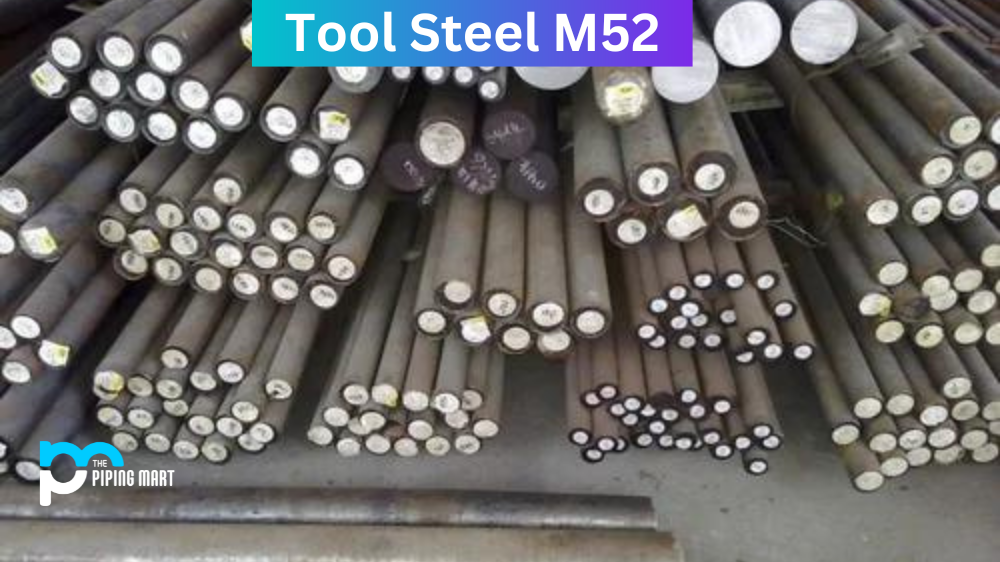In the aerospace industry, materials are required to meet stringent quality standards for strength, durability, and reliability. AMS 7817 is one of the materials in question – but what exactly is it? In this blog post, we will dive deep into understanding AMS 7817. We will discuss its composition, physical and mechanical properties, uses, hardness, and heat treatment options. By the end of this article, you’ll clearly understand what AMS 7817 is and why it is so important in modern aerospace manufacturing.
What is AMS 7817?
AMs 7817 is a standard developed by the Society of Automotive Engineers (SAE) that provides guidelines for designing, testing, and approval of mechanical fasteners in aerospace applications. The standard covers the materials and manufacturing processes used to create these fasteners and the tests required to ensure they meet strict performance criteria. The goal of AMS 7817 is to provide the reliability and safety of pins used in critical aerospace components, such as engines and landing gear. Compliance with this standard is necessary for achieving the essential quality and performance standards to meet the demanding requirements of the aerospace industry.
AMS 7817 Composition
AMS 7817 is a low-alloy steel composed of carbon, manganese, molybdenum, nickel, and nitrogen. The inclusion of molybdenum and nickel provides increased resistance to corrosion and enhances its tensile strength. In addition, the nitrogen content in AMS 7817 enhances mechanical properties such as toughness and fatigue resistance.
AMS 7817 Physical Properties
This material has a 7.85 g/cm³ density and a melting point of 1427 °C. The material also has a coefficient of thermal expansion of 12.1 µm/m°C, which means that its dimensions will change by 12.1 µm for every degree Celsius increase in temperature. The thermal conductivity of AMS 7817 is 21.5 W/mK, which is relatively low compared to other steels.
AMS 7817 Mechanical Properties
AMS 7817 has a yield strength of 470 MPa, a tensile strength of 950 MPa, and an elongation of 10%. The material also exhibits good impact toughness, making it suitable for structural and safety-critical applications such as aircraft landing gear.
AMS 7817 Uses
Due to its high strength and toughness, AMS 7817 is often used in the aerospace industry for structural components requiring high fatigue and corrosion resistance. Its application includes landing gear components, structural fasteners, and structural tubes.
AMS 7817 Hardness
AMS 7817 has a Rockwell hardness of 30 HRC. It can be heat treated to increase its hardness and wear resistance. This makes it ideal for use in components that undergo high levels of wear, such as aircraft wheels and brake parts.
AMS 7817 Heat treatment
AMS 7817 can be heat treated to increase its hardness and wear resistance. This process is done by heating the material to a specific temperature and quenching it in a suitable medium. It is then tempered at a lower temperature to give it the desired hardness and toughness.
Conclusion
With its high strength, toughness, and corrosion resistance, AMS 7817 is essential in aerospace and other industries such as oil and gas exploration. Its versatility makes it popular for various structural components requiring high fatigue and corrosion resistance. By understanding its properties and uses, manufacturers can make informed decisions regarding selecting materials for their applications, ultimately leading to safer and more reliable products.

Abhishek is a seasoned blogger and industry expert, sharing his insights and knowledge on various topics. With his research, Abhishek offers valuable insights and tips for professionals and enthusiasts. Follow him for expert advice on the latest trends and developments in the metal industry.




